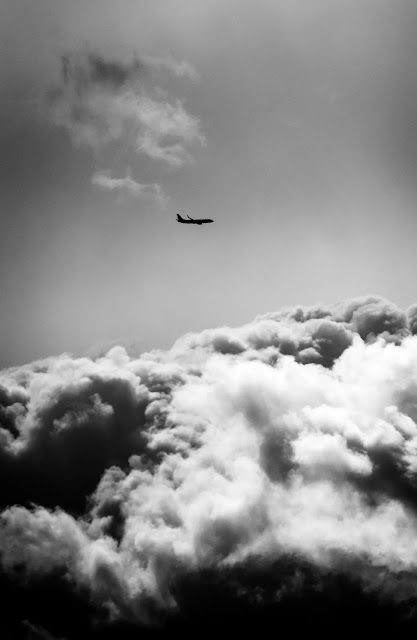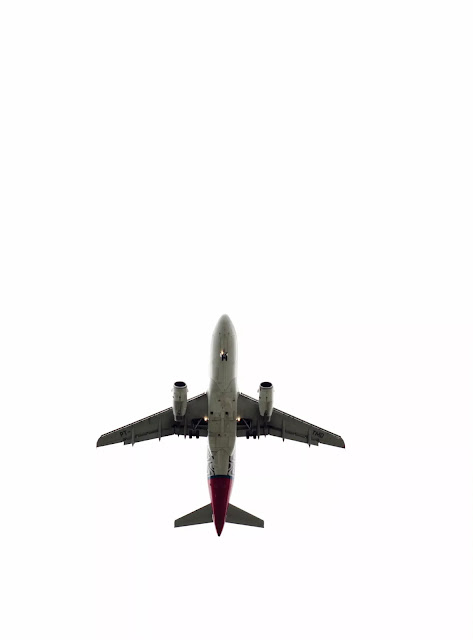The Unbelievable Story of Two F6F Hellcats' Record-Breaking Mission in October 1944 Discover the unbelievable story of two F6F Hellcats' record-breaking mission during the Battle of Leyte Gulf in World War II. Learn about the heroic pilots, the incredible aerial combat, and the legacy of this impressive feat.
The Unbelievable Story of Two F6F Hellcats' Record-Breaking Mission in October 1944
During the Battle of Leyte Gulf in 1944, two
pilots accomplished a record-breaking feat that would go down in history as one
of the most impressive displays of aerial combat during World War II.
Lieutenant Commander Hamilton McWhorter III and Lieutenant Junior Grade Edward
O'Hare led a group of F6F Hellcats on a mission to intercept a group of
Japanese aircraft. What followed was an incredible dogfight that lasted for
over an hour, resulting in the two pilots shooting down a record-breaking 15
enemy aircraft in a single mission. This article will explore the details of
this incredible mission and shed light on the bravery and skill of McWhorter
and O'Hare.
The background of the mission
The mission took place during the Battle of Leyte Gulf, which was one of the largest naval battles in history. The United States Navy was trying to gain control of the Philippines, and the Japanese Navy was doing everything in its power to stop them. The F6F Hellcat was one of the most advanced fighter planes at the time and played a crucial role in the battle.
The Pilots
The two pilots who accomplished this record-breaking feat were Lieutenant Commander Hamilton McWhorter III and Lieutenant Junior Grade Edward O'Hare. McWhorter was the commanding officer of VF-15, a fighter squadron aboard the USS Essex. O'Hare was the squadron's executive officer.
The Mission
On October 5, 1944, McWhorter and O'Hare led a group of F6F Hellcats on a mission to intercept a group of Japanese aircraft. They found themselves in the middle of a large group of enemy planes and engaged in a dogfight that lasted for over an hour. In the end, McWhorter and O'Hare had shot down 15 enemy aircraft, a number that has never been surpassed in a single mission.
The Aftermath
The record-breaking mission made headlines around the world and helped to boost morale for the Allied forces. McWhorter and O'Hare were both awarded the Navy Cross, one of the highest honors for valor in the United States Navy. Unfortunately, O'Hare was killed in action just a few months later, but his heroism lives on to this day.
The Legacy
The mission by McWhorter and O'Hare is remembered as one of the most impressive displays of aerial combat during World War II. It demonstrated the bravery and skill of the pilots who fought in the war and the importance of technological advancement in military technology.
Finally
The legacy of McWhorter and O'Hare's record-breaking mission lives on to this day. It demonstrated the importance of technological advancement in military technology and the bravery and skill of the pilots who fought in World War II. The story of this mission is an inspiring one, and it serves as a reminder of the sacrifices made by those who fought for their country. As we reflect on this incredible feat, we should also remember the countless others who gave their lives during the war and honor their heroism and dedication to their country.
FAQs:
What made the F6F Hellcat such an advanced fighter plane during World
War II?
The F6F
Hellcat was considered one of the most advanced fighter planes of its time due
to its impressive speed, range, and firepower. It was also designed with
several advanced features, such as an armored cockpit, self-sealing fuel tanks,
and a hydraulic system that allowed the pilot to operate the aircraft's flaps,
landing gear, and other controls more efficiently.
How did the Battle of Leyte Gulf play a crucial role in the Pacific
Theater of World War II?
The
Battle of Leyte Gulf was one of the largest naval battles in history and played
a crucial role in the Pacific Theater of World War II. It marked the first time
that Japanese forces used kamikaze attacks against American ships, and
ultimately resulted in a decisive victory for the Allied forces. This victory
helped to turn the tide of the war in the Pacific and paved the way for the
eventual Allied victory.
What were the tactics used by McWhorter and O'Hare during their
record-breaking mission?
During
their record-breaking mission, McWhorter and O'Hare used a tactic known as
"boom and zoom" to take down enemy planes. This involved diving down
on enemy planes at high speed, firing their guns, then quickly climbing back up
to a higher altitude to avoid counterattacks.
How did the world react to news of the record-breaking mission?
The
record-breaking mission by McWhorter and O'Hare was widely celebrated in the
United States and around the world. It was seen as a major victory for the
Allied forces and helped boost morale during a difficult period of the war.
What was the impact of the mission on the rest of the war effort?
The
mission by McWhorter and O'Hare had a significant impact on the rest of the war
effort. It helped to establish the F6F Hellcat as one of the most effective
fighter planes of the war and demonstrated the importance of air superiority in
combat. Additionally, the mission helped to boost morale among Allied forces
and provided a much-needed morale boost during a difficult period of the war.
Sources
· historical accounts of the Battle of Leyte Gulf.
· biographies of Lieutenant Commander Hamilton McWhorter III and Lieutenant Junior Grade Edward O'Hare.
· articles about the F6F Hellcat fighter plane.



